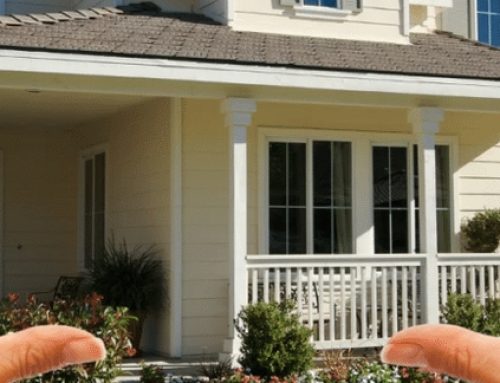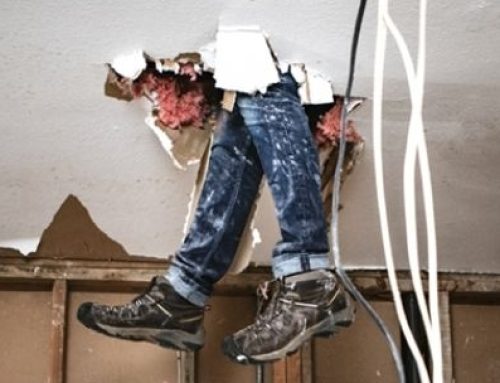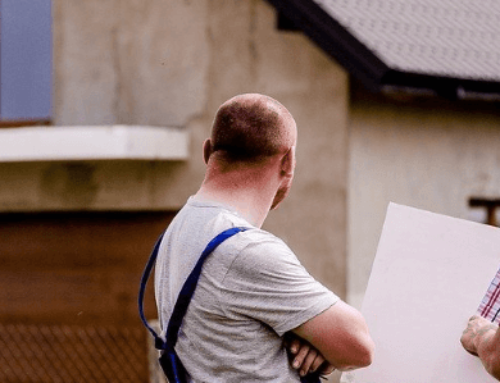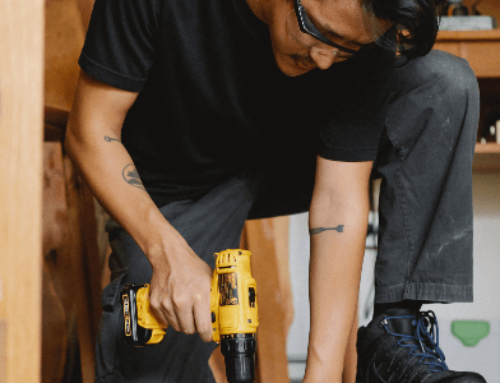Standing in the living area of a two-bedroom apartment in Southbank, it quickly becomes obvious why this building’s residents are having trouble sleeping. The click, creak, click emanating from the walls is frustratingly persistent and enough to drive you mad during the day, let alone in the middle of the night.
During the inspection, the culprit was found to be a loose section of roof flashing which vibrated in certain wind conditions. Add that to a stressed trussed roof system, loose panels and rails, a rattling extraction fan and several other issues, and you’re left to wonder how a two-bedroom property so plagued by poor workmanship could be sold for close to one million dollars.
During another inspection of a multi-story apartment building in Melbourne’s CBD, we identified incorrectly manufactured joinery used in the installation of the windows. This caused significant condensation on the sills of all aluminium windows throughout the apartment.
In this case, the builder advised the resident that the problem could be addressed by “opening a window to circulate airflow in the apartment”. However, excessive moisture was found, despite the window staying open for seven hours prior to the inspection.
Is this a sign of things to come in the Melbourne building industry?
These two cases are not anomalies. Sadly, they represent an increasing trend towards inadequate building practices in a city that takes pride in its architecture. In terms of both workmanship and materials used, ineffective industry regulations have allowed builders and developers to exploit home buyers and produce some of the worst buildings we have ever seen.
Builders Collective of Australia president Phil Dwyer spoke to the ABC, saying he believes the building industry is heading towards an “endemic failure” in the decade to come due to a focus on profits over safety.
“There will be so many defects and problems in buildings that we won’t be able to cope,” he said.
Aside from insufficient regulations, this exploitation continues to occur due to a lack of understanding on the part of home buyers. This could be attributed to inexperience, low expectations or a tendency towards accepting whatever is on offer, which is why a building inspection is so important.
Another explanation potentially lies in the perception that new homes, or even those bought off the plan, are not likely to have defects. As it turns out, the opposite is true on an increasingly frequent basis.
Awareness of the issues is a start, but not a long-term solution
While home buyers will benefit from unbiased building inspections and an improved awareness of the issue, the industry faces a challenge to turn the trend around as soon as possible. Some fear that any change may cause housing prices to rise even further, but the cost of ignoring safety could far exceed any monetary value.







Leave A Comment